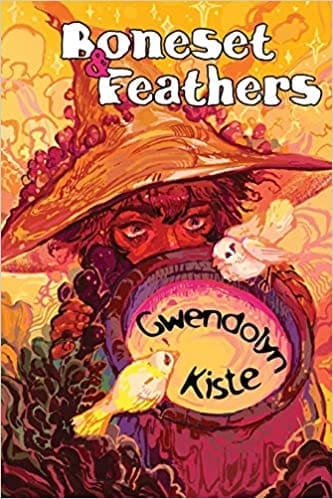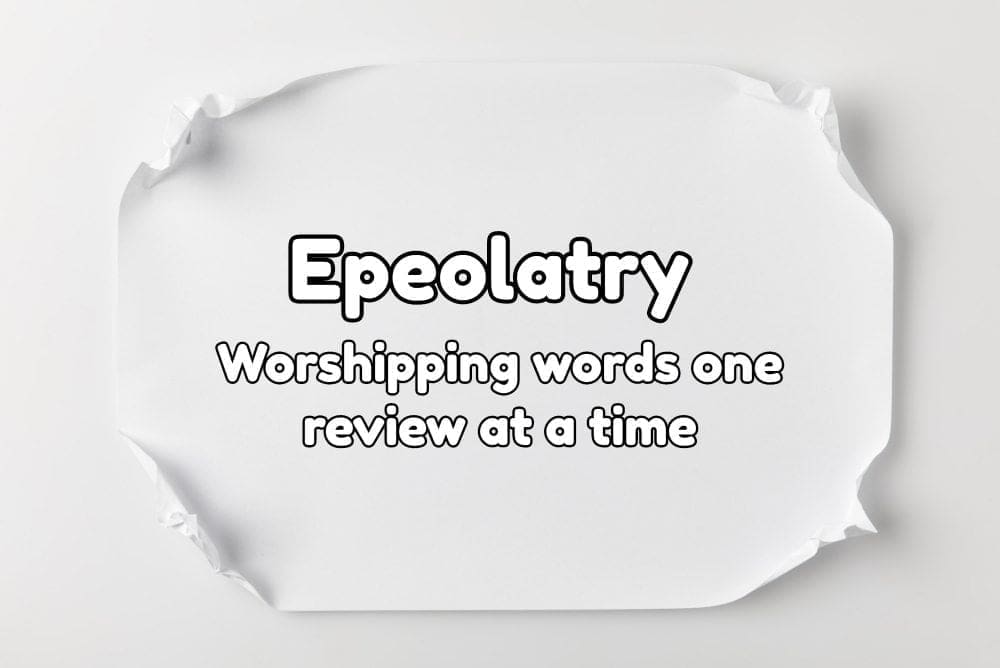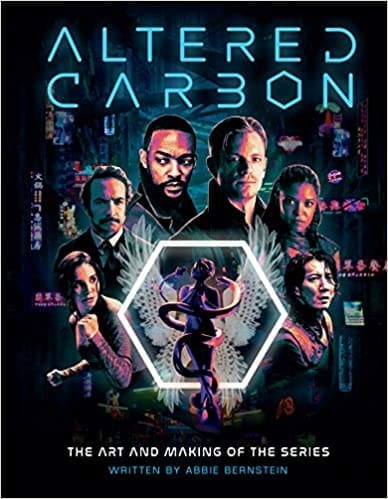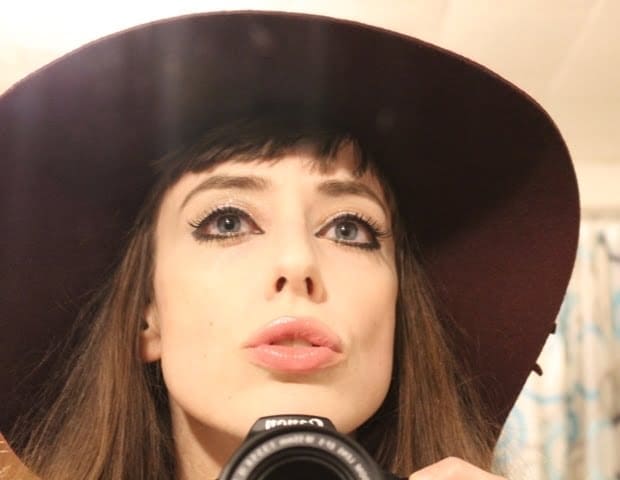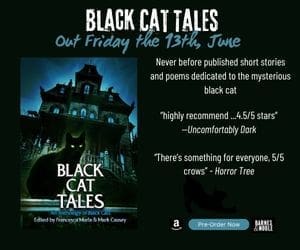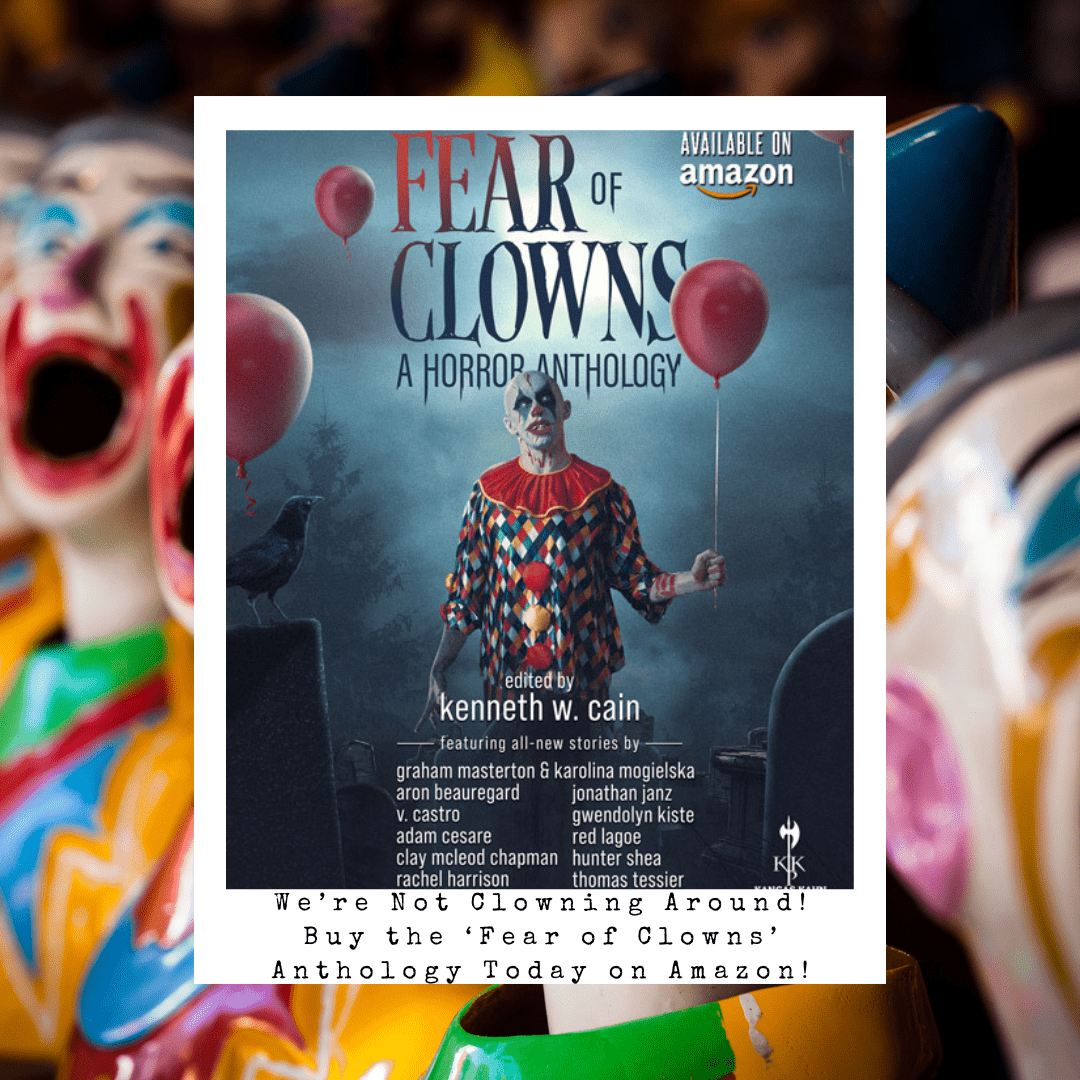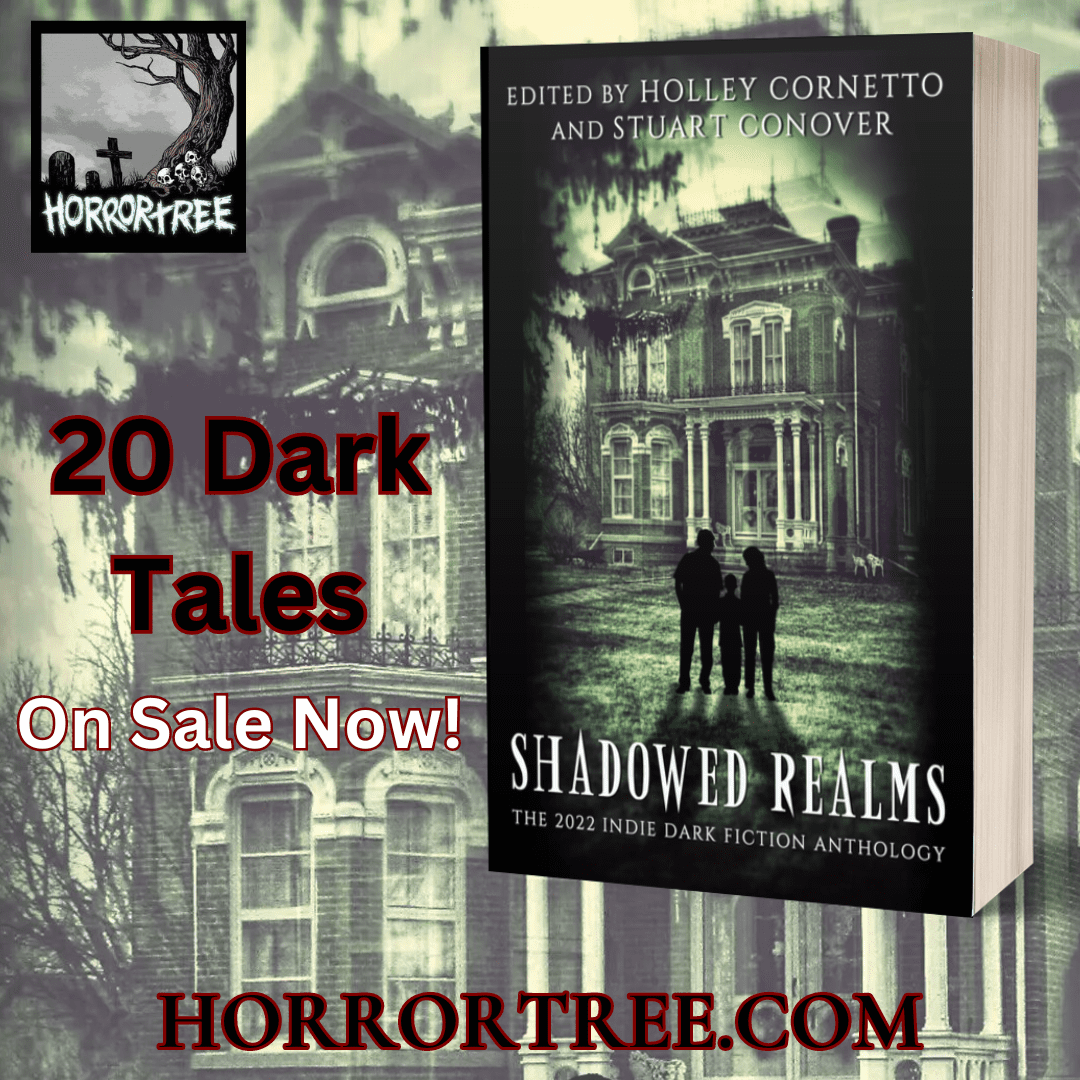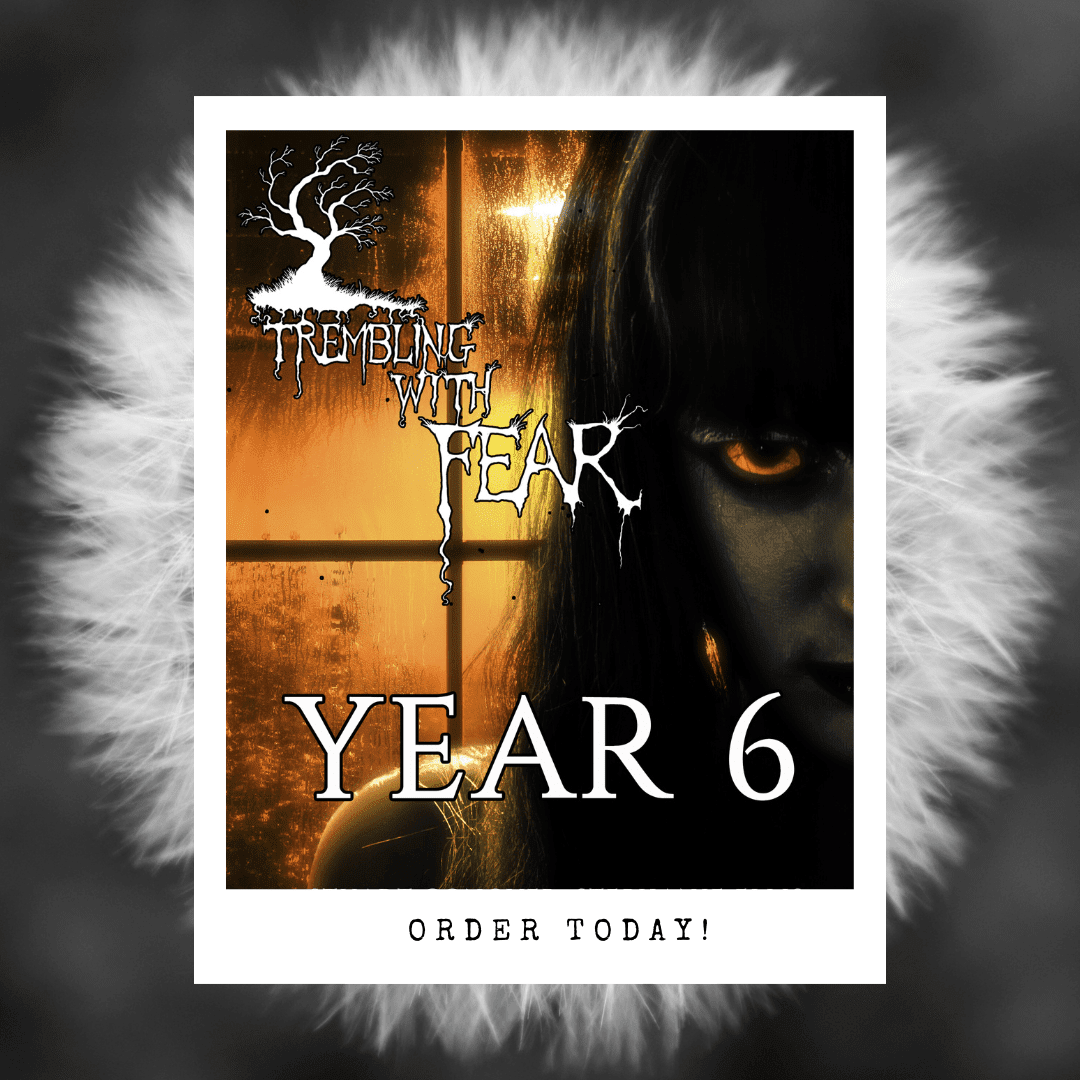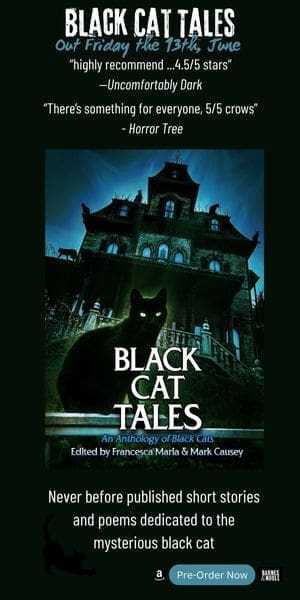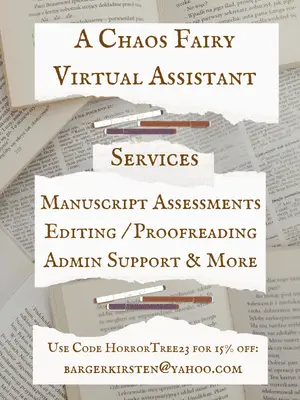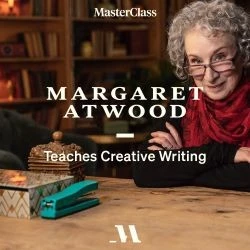I’m a quote person, and this is one of my favorites:
“In preparing for battle I have always found that plans are useless, but planning is indispensable.” In other words, I make plans, but am not afraid to throw them out the window. This is so true when it comes to writing—I usually write a premise, but wind up as more of a pantser. With that in mind, I reached out to some of my favorite horror writers with questions about writing, and their process. Some of these Qs are kinda quirky, and definitely interesting!
Meet Gwendolyn Kiste, my horror writing mentor.
What was the first horror novel you ever read? Tell me what made it appealing.
Most of my earliest experiences with horror were with short stories from the likes of Edgar Allan Poe, Ray Bradbury, Richard Matheson, and Robert Bloch. I’m not sure if Goosebumps, Fear Street, or Christopher Pike books count, but some of those were likely long enough to qualify as novels. Otherwise, I believe the first adult horror novel I ever read was probably Carrie. I loved the way King told that story through such an unusual epistolary format. I was in middle school at the time, and I related so much to Carrie and what she was going through, so that certainly made it a very intense and memorable experience as a reader.
How do you feel about horror genre blends (like romance/horror), or are you a purist?
I love horror genre blends! Horror-science fiction, horror-comedy, horror-romance—I think it can all work so well! Horror is so malleable and wide-ranging, so it can incorporate virtually any genre very easily. I like to see stories that push at those boundaries. It can help to create such original and unexpected ideas.
What drew you to the book you’re currently reading?
For once, I’m actually not currently reading something that’s genre-related. I’m working through a photography book called Suburbia by Bill Owens. It was published in 1973 and was a very seminal work of photojournalism of its time. The book has gone on to influence the aesthetic of several films including Edward Scissorhands and The Virgin Suicides. At the moment, I’m working on a short story based in a very similar type of suburbia, albeit one with a supernatural atmosphere, and I’m eager to see what kind of inspiration I can take from this book. The pictures are so incredible and capture such a specific moment in time, so that alone has been really fun to see.
Who is your favorite female villain? Why?
I love fairy tales, so Maleficent definitely comes to mind, as does the Evil Queen. They feel so grand and timeless and fearsome. As for horror villains in particular, let’s circle back around to Carrie White. She’s an incredible character because she’s both the protagonist and antagonist of the book and film adaptations. That’s a difficult balance to have a villain who’s also sympathetic, but when it works well, as it does in the book and especially the 1976 film, it creates such an unforgettable character.
How do you watch horror? (i.e. In your pajamas, late at night with lights low and a bowl of popcorn.)
Usually with my husband on the couch. The best nights are when we can just sit back together with pizza and watch something we’ve never seen before, the two of us picking the movie apart and even pausing it every few minutes to talk about it. That stop-and-go viewing would probably irritate a lot of people, but he and I love it, so that’s definitely our thing.
What are your top three favorite horror movies, and what made them interesting to you?
This is a constantly rotating list, but at the moment, I would go with The Old Dark House because it’s a great classic pre-code horror film with such a perfect cast; Invasion of the Body Snatchers because that story is always relevant, no matter the decade or social climate; and Get Out because it’s not only an amazing film on its own, but it also shows what the future of horror has in store for us.
Where do you draw the line on violence in your writing?
I try very hard to be sure that the violence is necessary to communicate the theme of the story, and it isn’t just there in a gratuitous or deliberately appalling way. So long as there’s a reason for the violence, especially in a genre like horror, I think it can work well. But I’ve just never been a big fan of shock violence, so that’s why I’m very careful as to where to draw that particular line.
How do you feel about including profanity, and do you have a favorite cuss word? ☺
It’s funny because I don’t mind using profanity in casual conversation, but I only rarely include it in my writing. I’m not against it, per se, but I do think it can become easy to lean too much on it to communicate emotion, especially anger. Again, like the use of violence, I very much think it can work in horror, so long as it’s used for a specific reason. As for my favorite cuss word, I probably drop a couple dozen casual F-bombs a day, so let’s go with that one!
Tell me about a quirky writing habit you have.
I’m sure I have so many quirky writing habits, but they all seem so normal to me now! My weirdest habit—and honestly one of my least productive—is my constant list making. I create lists for everything: plot points, character names, dialogue ideas, edits. You name it, I have a list for it. The problem arises because sometimes, I’m just making lists to avoid doing the hard stuff with writing. It can be way too easy to feel like you’re working when really you’re just delaying. Plus, my lists start to pile up on my desk until there’s almost no room for them. Speaking of which, excuse me for a moment while I clean up my workspace of all this clutter!
If you were to set a story in another country, what one would you chose and why?
Hmmm… this one took me a moment to decide. I think I’d probably go with the Netherlands because I spent a bit of time there years ago in college, but I’ve never really incorporated any of that experience into my writing. Plus, there aren’t too many horror stories set there, so that might be a lot of fun to explore at some point!
What food (or non edible) would you vomit (out of disgust) if you ate it?
Pick 3 characters. Who would: 1. Cook it 2. Feed it 3. To whom would it be fed?
Ha! This is a wonderfully horror-perfect question! I’ve never actually had it, but the whole idea behind headcheese disturbs me greatly. So let’s go with Leatherface as the cook since he’s disturbingly handy in the kitchen; a Stepford Wife as the one who serves it since she could probably even make it look really nice on the plate; and Hannibal Lecter as the person who actually eats it because even with Leatherface’s “special” recipe, I doubt the ingredients would bother Hannibal too much.
Best writing advice you’d like to share?
Write the stories you want to read. It can be easy to fall into the idea of writing what will sell, and honestly, that’s fine too, but I think you can write marketable fiction that would still resonate uniquely with you if you were the reader. We need more stories in the world that are written by people who are passionate about what they’re doing and who aren’t simply telling the same old stories, so as trite as it might sound, follow your heart, and write what you believe in. There will be readers out there for it.
How do story endings really irritate you?
Especially with horror, I’m always disappointed if a story takes a sudden and inexplicable turn for the worst, just because the author clearly thinks a horror story needs to end badly. Now plenty of horror stories can and should end on a sour note; if that’s where the tale has been heading all along, then it makes sense and can still leave the reader or viewer with a real sense of resolution. But when it’s very abrupt and just for the sake of getting a reaction, that can be a missed opportunity to do something more creative and compelling with the story.
Do you hide any Easter Eggs in your writing?
Yes, I definitely do. I love to use small details and images as well as songs and pop culture references as a way to explore and hopefully deepen the reader’s connection with the story and its themes. Even if someone doesn’t overtly catch it, I think some symbols in fiction and film can work almost on a subtle, almost subliminal level. Also, I always enjoy picking apart stories and films for extra layers, so I like to give my readers that same opportunity if they’re interested.
How do you come up with your titles?
My approach to titles seems to change with each story. In some cases, I start with a title and go from there, crafting a story to match. Other times, the title doesn’t come along until the story is done or almost done. One goal of mine is that my titles haven’t been used before. While titles are not usually trademarked, meaning in most cases writers can use a preexisting one without a problem, I do try to create titles that are unique to my piece. It can be so much fun when you finally hit on the right title for a story; that sometimes feels like the moment when the whole thing comes together at last.
What writing tools are a must-have?
You know, I’m not sure I feel like there are too many must-have writing tools, beyond a word processing program. That’s one of my favorite parts of being a writer: in other art forms like filmmaking or even most visual arts, you need so many tools just to get started, but with writing, you only need your own mind. It’s so freeing in that way.
Please give us a blurb about your latest release. Which actress would play Phoebe in your latest novel, The Rust Maidens?
The Rust Maidens is a coming-of-age body horror novel set in Cleveland that follows a group of girls who start to transform into the rust and rot of their city.
I would love to have Winona Ryder play Phoebe from the 2008 section of the novel. She’s exactly who I was envisioning as I was writing the book. I don’t know about the younger Phoebe from the 1980 section; I’m pretty open on that, but definitely Winona for forty-something Phoebe. She’d be so perfect.
What’s the best part of what you are working on right now?
My first instinct is to say that the best part is that it’s over halfway done, which is really nice since I’ve been working on my current book for almost a year. But really, the best part is getting the opportunity to craft a longer work that incorporates so many of my favorite things: a fairy tale setting featuring witches, ghosts, and an ethereal flock of birds. Still, I will be very happy when it’s complete, so I can finally share it with everyone and see what they think. Hopefully, that will be soon, but some stories can have such minds of their own, and they take however long they need to be finished. I always say that so long as I’m enjoying writing, that’s all I can ask for.





 Describe your book cover; what are we seeing? How did it come about?
Describe your book cover; what are we seeing? How did it come about? Are you a plotter or a pantser?
Are you a plotter or a pantser?

